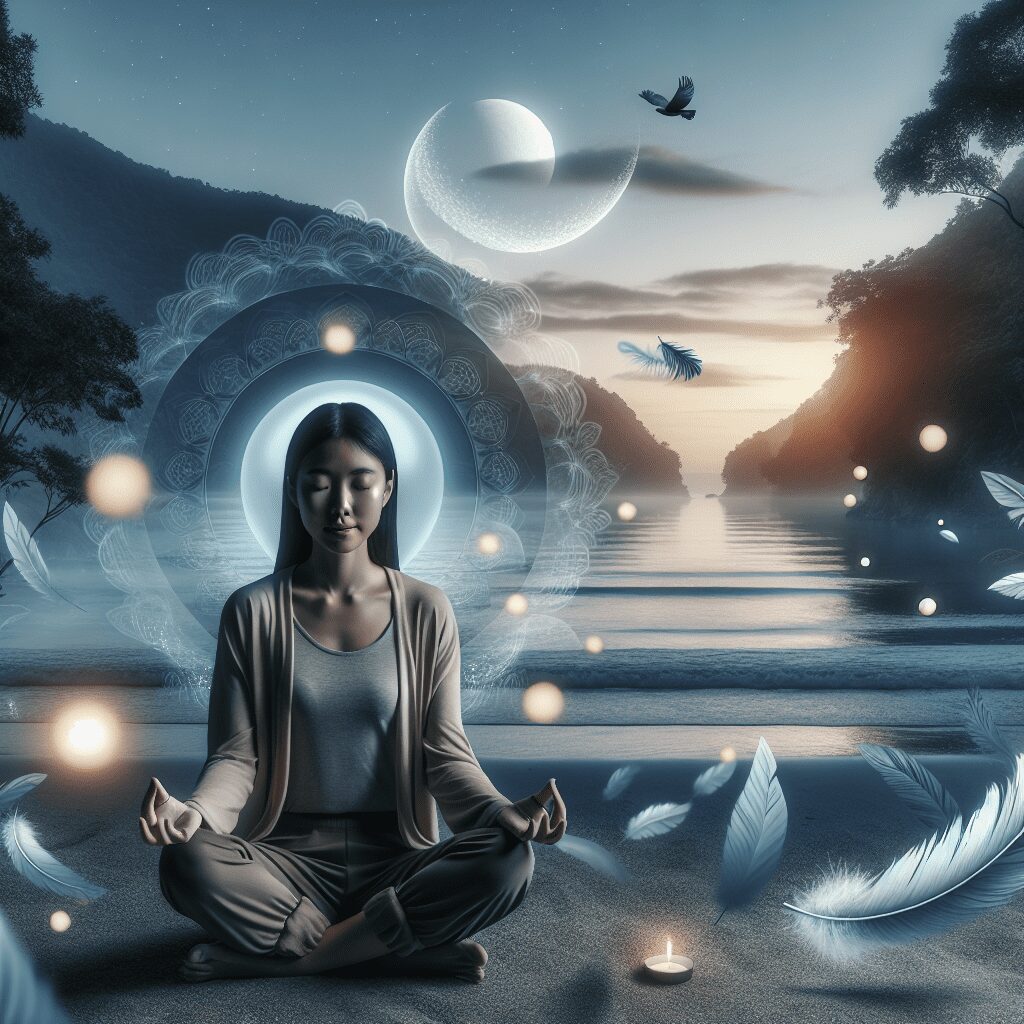
Prioritize your mental well-being daily. Enhance your life by nurturing your mental health with the Smart Meditation app. Break free from stress, alleviate anxiety, and enhance your sleep quality starting today.
Does Meditation Give Goose Bumps?
Unlocking the Mysteries of Meditation-Induced Goosebumps
Ever found yourself deep in meditation, only to be greeted by an unexpected sensation? Yes, we’re talking about those inexplicable goosebumps that seem to dance on your skin like a soft whisper. It’s a phenomenon that has piqued the curiosity of many a meditator and skeptic alike. So, let’s dive into the heart of this matter and unravel the intriguing connection between meditation and goosebumps.
The Science Behind the Bumps
At first glance, goosebumps might seem like a mere physiological reaction to cold. But, as it turns out, there’s a whole lot more simmering beneath the surface. These tiny elevations on our skin, scientifically known as piloerection, occur when tiny muscles at the base of hair follicles contract. Traditionally, this response was meant to make our ancestors’ body hair stand up, making them appear more formidable to predators or helping to trap an extra layer of air for insulation. Fast forward to the modern human, sans the dense body hair, goosebumps have taken on a new role as a curious byproduct of emotional arousal.
Meditation, known for its powerful ability to usher in a profound state of relaxation and emotional depth, can indeed be a catalyst for goosebumps. But why? When we meditate, we can enter into a state where the mind transcends the daily hustle and taps into a profound silence. For many, this journey into tranquility is accompanied by a deep emotional release or a sense of connection with something greater than themselves. Bingo! That overwhelming sense of awe, of beauty, of interconnectedness? It can send those wee hair-raising muscles into overdrive, resulting in the sensation of goosebumps.
Exploring the Phenomenon Further
But wait, there’s more to this tingly tale. Let’s break down the components of this fascinating reaction:
- The Emotional Connection: Often, goosebumps are a response to strong emotions. Joy, gratitude, awe – the very sentiments that meditation can amplify.
- The Power of Breathwork: Specific breathing patterns used in meditation can alter our physiological state, possibly triggering the autonomous nervous system in ways that lead to those telltale bumps.
- The Element of Surprise: Ever been so immersed in meditation that time seems to slip away? This deep state of awareness can sometimes jar us with its intensity, paving the way for physical reactions like goosebumps.
Insights and Takeaways
Knowing that meditation can indeed bring on a case of the goosebumps adds a fascinating layer to its already rich tapestry of benefits. Far from being just a tool for relaxation, meditation engages us on a level that’s both deeply personal and profoundly universal. It speaks to our capacity for awe and connection, emotions that are often muted in our fast-paced world.
Should you find yourself shivering with delight the next time you descend into silence, take it as a sign. Your meditation practice is unlocking new levels of emotional depths, bringing to the fore sensations that remind us of the intricate, beautiful connection between body, mind, and spirit.
In essence, while not everyone may experience this tingly phenomenon, those who do can attest to its beauty. It’s a gentle nudge, a reminder of the transformative power of meditation. So, the next time you settle down to meditate, who knows? You might just find those goosebumps to be the unexpected guests of honor in your journey inward.





